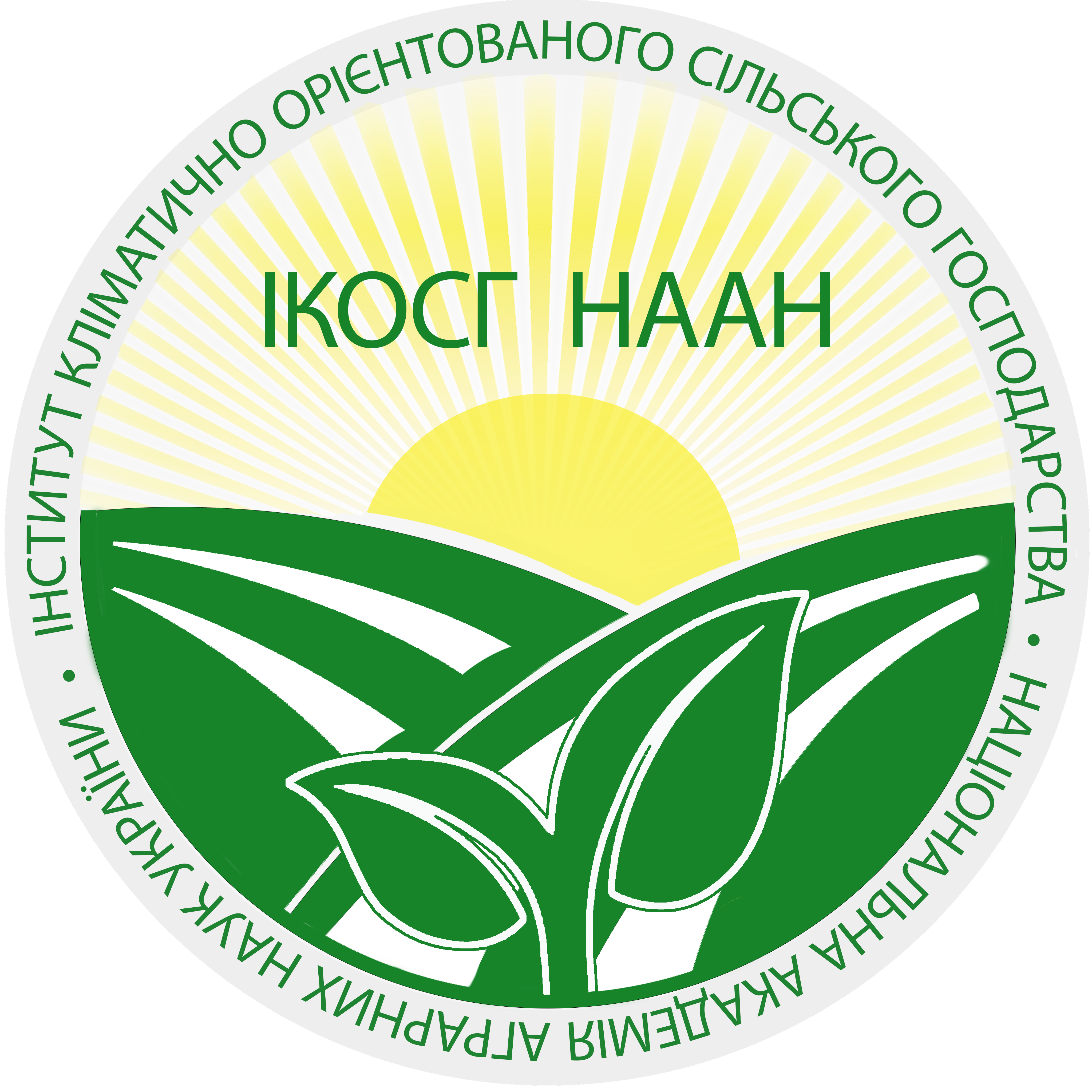Сортовипробування пшениці м’якої озимої в умовах Південного Степу України
Анотація
За останні десятиліття урожайність зернових культур, в т.ч. і пшениці озимої, у світовому масштабі значно зросла. Це відбулося, в першу чергу, за рахунок селекційно-генетичного поліпшення сортового складу. Заміна старих сортів новими, більш продуктивними, конкурентоспроможними з широкою агроекологічною пластичністю і підвищеними адаптивними властивостями до несприятливих умов середовища є одним з найбільш раціональних засобів підвищення врожайності зерна озимих зернових культур. Мета дослідження – дослідити урожайний потенціал і адаптивні властивості новозареєстрованих сортів пшениці м’якої озимої для умов Південного Степу України. Методи. Експериментальні дослідження проводили впродовж 2018–2022 рр. в умовах навчально-науково-практичного центру Миколаївського національного аграрного університету. Використовували польовий та порівняльний методи досліджень. Результати. Досліджувані сорти пшениці озимої мають дуже добрі показники за господарськими ознаками. За якістю зерна досліджувані сорти відносяться до групи сильних (Легенда білоцерківська, Мудрість одеська, Кошова, Марія, Фелікс) і цінних (Озерна, Сталева, Квітка полів, Дума одеська, Здобна, Диво, МІП Валенсія, Пам’яті Гірка, Кантаріна, Понтікус та Глаукус). Сорти МІП Асоль, Краєвид та Фаустус є філерами. В умовах дослідного поля Миколаївського НАУ, в середньому за роки досліджень, визначено, що серед сортів пшениці м’якої озимої степового екотипу вищу урожайність зерна сформували Дума одеська (6,24 т/га) та Озерна (6,17 т/га); сортів лісостепового екотипу – Здобна (5,98 т/га), Пам’яті Гірка (5,96 т/га) та Квітка полів (5,94 т/га), а серед сортів німецької селекції – сорт Глаукус (5,80 т/га). Висновки. Серед 20 досліджуваних сортів пшениці м’якої озимої різного екологічного походження, більш продуктивними та адаптованими до умов Південного Степу України визначено сорти Дума одеська, Озерна, Здобна, Пам’яті Гірка, Квітка полів та Глаукус, які, в середньому за роки досліджень, сформували урожайність зерна на рівні відповідно 6,24; 6,17; 5,98; 5,96; 5,94 та 5,80 т/га і за якістю зерна відносяться до цінних.
Посилання
2. Корхова М. М., Нікончук Н. В., Панфілова А. В. Адаптивний потенціал нових сортів пшениці озимої в умовах Південного Степу України. Таврійський науковий вісник. 2021. Вип. 122. С. 48–55.
3. Самойлик М. О., Устинова Г. Л., Лозінський М. В., Корхова М. М., Уліч О. Л. Оцінка врожайних та адаптивних властивостей нових сортів пшениці м’якої озимої. Вісник аграрної науки. 2023. № 2 (101). С. 34–42.
4. Державний Реєстр сортів рослин придатних до поширення в Україні на 27.03.2023. URL: https://minagro.gov.ua/file-storage/reyestr-sortiv-roslin.
5. Уліч О. Л., Каражбей Г. М., Козак С. В., Терещенко Ю. Ф., Коховська І. В. Морфоагробіологічні властивості та продуктивність нових сортів пшениці м’якої озимої в умовах Кіровоградської сортодослідної станції. Сортовивчення та охорона прав на сорти рослин. 2017. Т. 13. № 1. С. 95–99. https://doi.org/10.21498/2518-1017.13.1.2017.97370.
6. Собко М. Г., Глупак З. І., Крючко Л. В., Бутенко А. О. Формування врожайності та якості зерна сучасних сортів пшениці озимої різних за географічним походженням. Аграрні інновації. 2022. № 12. С. 60–69. https://doi.org/10.32848/agrar.innov.2022.12.10.
7. Чугрій Г. А., Вискуб Р. С., Поплевко В. І., Шульц П., Скнипа Н. Л. Наукові принципи підбору сортів пшениці м’якої озимої за адаптивними ознаками. Аграрні інновації. 2022. № 11. С. 60–67. https://doi.org/10.32848/agrar.innov.2022.11.8.
8. Орлюк А. П., Базалій Г. Г., Усик Л. О. Нові сорти озимої м’якої пшениці Благо, Марія, Конка для комплексного використання у зерновиробництві. Зрошуване землеробство. 2012. Вип. 57. С. 178–181.
9. Sassenrath, G. F., L. Mengarelli, L., Lingenfelser, J. and Lin X. Southeast Kansas Wheat Variety Test Results – 2020. Research Reports. 2021. Vol.7. Iss. 2. p. 1–8. https://doi.org/ 10.4148/2378-5977.8049.
10. Уліч Л. І., Гринів С. М., Корхова М. М., Терещенко Ю. Ф. Еколого-адаптивний підхід до реалізації потенціалу продуктивності пшениці м’якої озимої. Збірник наукових праць Уманського національного університету садівництва. Ч. 1. Агрономія. Вип. 80. 2012. С. 15–22.
11. Методика проведення кваліфікаційної експертизи сортів рослин на придатність до поширення в Україні. Загальна частина. / Міністерство аграрної політики та продовольства України. Український інститут експертизи сортів рослин. 2016. 118 с.
12. Методика проведення експертизи сортів рослин групи зернових, крупяних та зернобобових на придатність до поширення в Україні. / Міністерство аграрної політики та продовольства України. Український інститут експертизи сортів рослин. 2016. 82 с.






